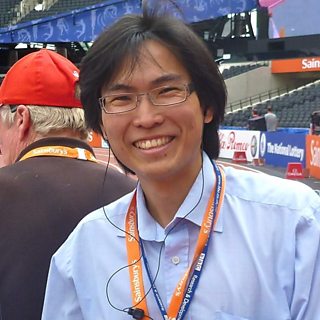Halving the bandwidth required for video transmission over the air using Multiple-input Multiple-output (MIMO) wireless technology
Project from 2009 - present
What we are doing
Broadcasting High Definition (HD) programmes is fast becoming standard practice, and will in turn become the level of quality our audiences expect from the 大象传媒. This research made it possible for all production teams to have HD capability at their disposal, even those using radio (wireless) cameras in the studio and on location.
Why it matters
HD transmission requires far greater bandwidths than Standard Definition, and this makes new demands in terms of spectral efficiency on future systems if HD production is to be constrained within current spectrum bands. Add to this the fact that bandwidths are becoming increasingly scarce and expensive, and transmitting HD quality pictures from a wireless camera proves a significant challenge.
Halving the bandwidth required would significantly reduce the cost of news and sports coverage.
Outcomes
This research into radio camera channels added to the expertise in modulation systems we had already acquired from our work on DVB-NGH and DVB-T2 has led us to build a next-generation radio camera system.
Features include:
- Operation over 2.0 to 2.3GHz (other bands possible)
- 2-stream spatially-multiplexed 4x4 MIMO for enhanced throughput
- QPSK and 16QAM operation using maximum likelihood MIMO decoders
- Multiple transmit polarisation, horizontal, vertical, right and left-hand circular simultaneoustransmission
- LDPC for superior error correction
- Time-interleaver to combat short duration 'flat-fades'
We plan to implement efficient maximum-likelihood (ML) MIMO decoding algorithms (patent pending), add 64 QAM operation to raise capability to 30Mb/s in 5MHz (also up to 120Mb/s in 20MHz bandwidth for studio use), and add non-uniform constellations to increase limiting capacity beyond the uniform QAM BICM limit.
How it works
To address this problem, we鈥檝e been researching advanced RF techniques such as MIMO (Multiple In-Multiple-Out), and using these as well as error correction and time interleaving to develop a rugged system that supports High Definition video but requires significantly reduced bandwidths.

